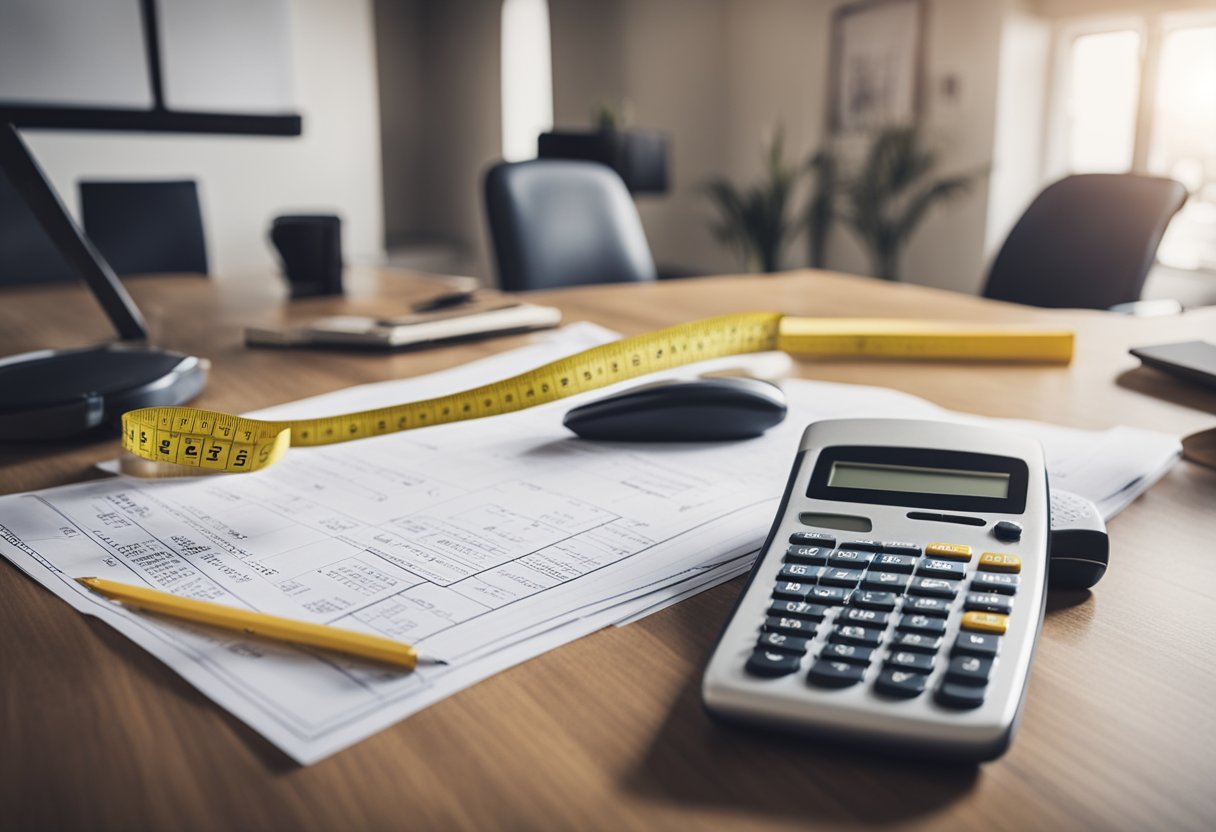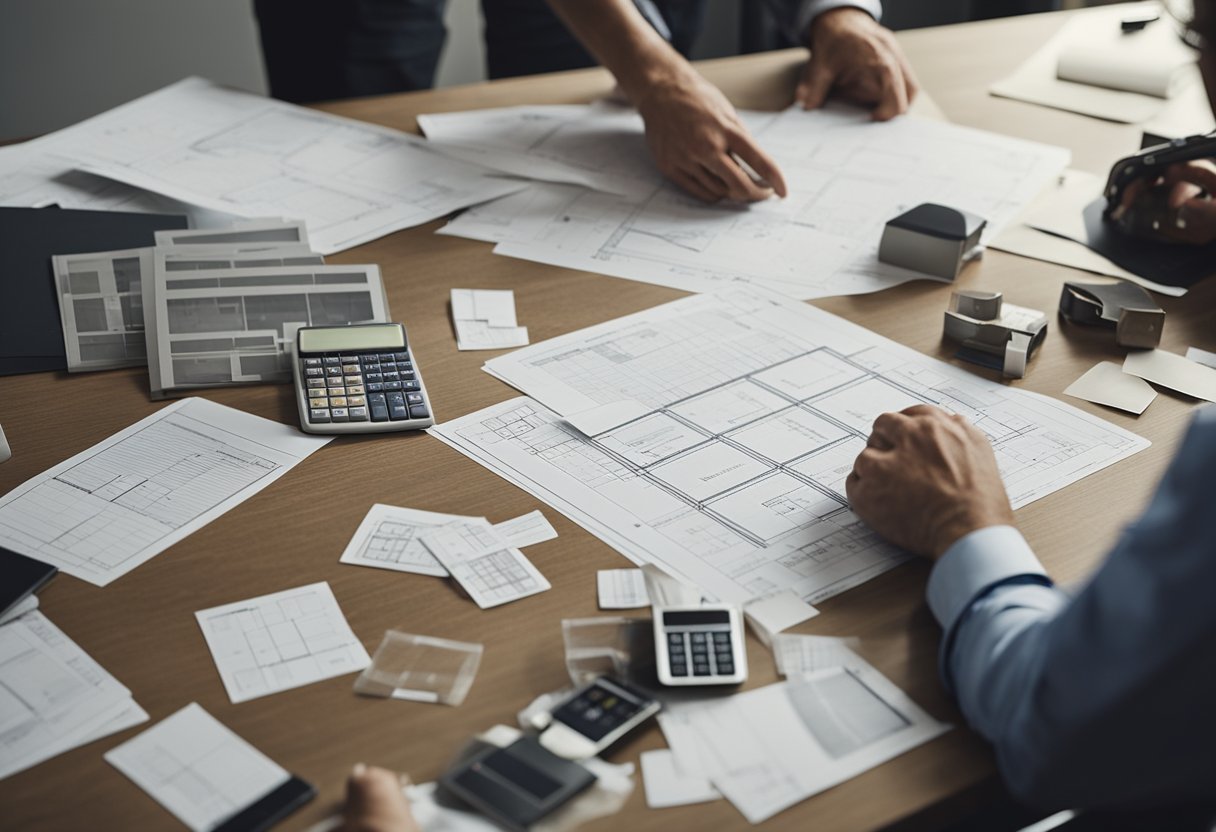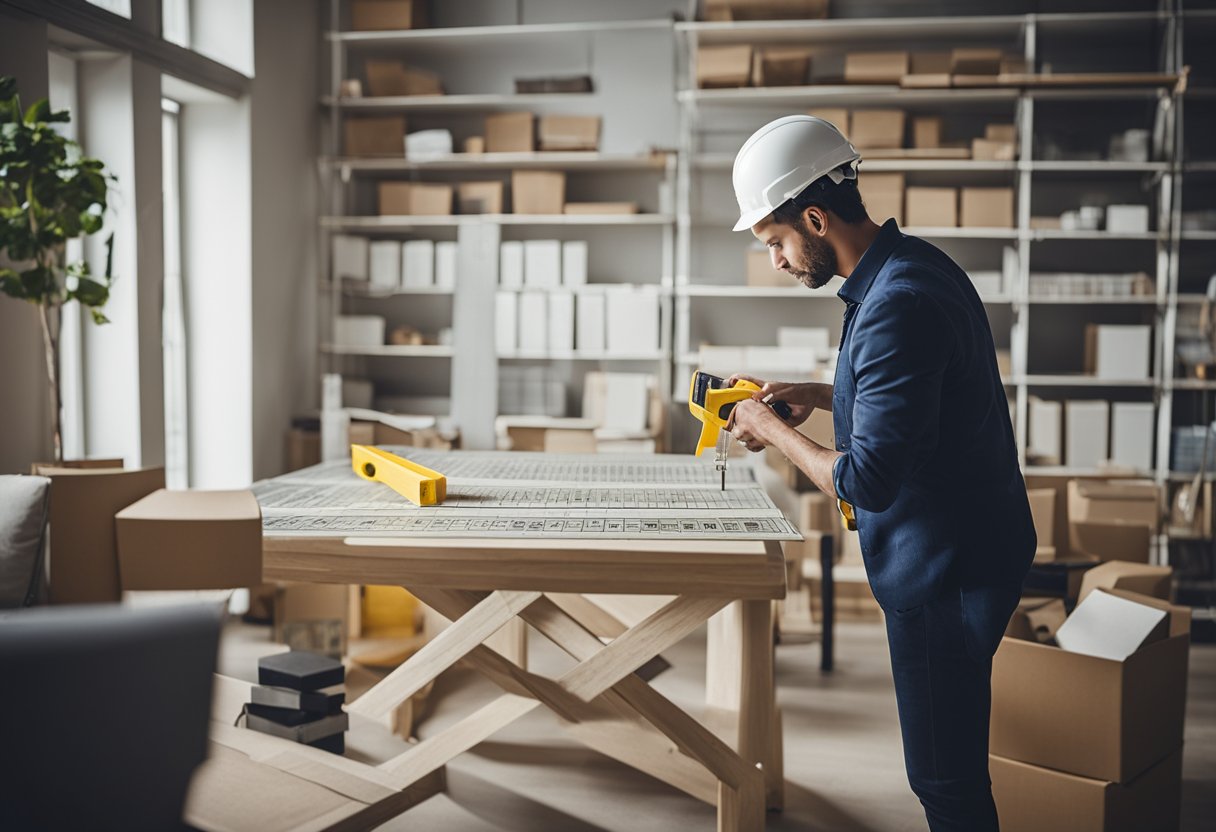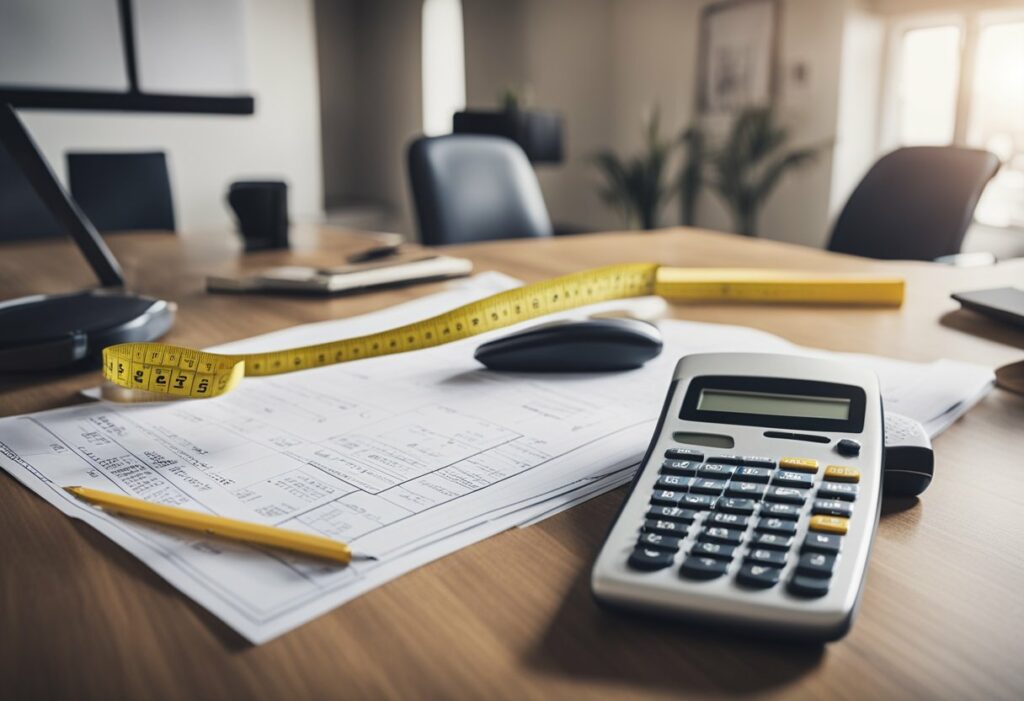Interior Designer Cost Per Square Foot: How Much Should You Expect to Pay?
If you’re planning to renovate your home, one of the most important things to consider is the cost of hiring an interior designer. Interior designer cost per square foot is a common metric used in the industry to determine the total cost of a project. This metric is based on the total square footage of the space being designed and the cost per square foot charged by the designer.

Understanding interior designer fees can be a bit confusing, especially if you’re new to the world of design. However, it’s important to note that interior designer costs can vary greatly depending on a number of factors, including the designer’s level of experience, the complexity of the project, and the location of the project. In general, interior designers charge either a flat fee or an hourly rate for their services. Some designers may also charge a percentage of the total project cost.
Key Takeaways
- Interior designer cost per square foot is a common metric used in the industry to determine the total cost of a project.
- Understanding interior designer fees can be a bit confusing, but it’s important to note that costs can vary greatly depending on a number of factors.
- Maximising your design investment can help you get the most out of your interior designer and your budget.
Understanding Interior Designer Fees

If you’re planning to hire an interior designer, it’s essential to understand how their fees work. Interior designers use various fee structures, so it’s crucial to know which one works best for your project. In this section, we’ll discuss the different fee structures and rates, factors influencing design costs, and budgeting for your project.
Fee Structures and Rates
Interior designers use different fee structures, including hourly rates, square foot rates, percentage of the project cost, flat rates, per room fees, fixed fees, and retainers. Hourly rates are the most common fee structure, with rates ranging from £50 to £200 per hour, depending on the designer’s experience and location.
Square foot rates are prevalent in commercial projects, with rates ranging from £5 to £15 or more per square foot. Percentage of the project cost is another common fee structure, with designers charging between 10% to 30% of the total project cost. Flat rates are a fixed fee charged for an entire project, regardless of the time spent on it.
Factors Influencing Design Costs
Several factors influence interior design costs. The size of the project is a significant factor, with larger projects costing more. The complexity of the design also affects the cost, with more complex designs costing more. The designer’s experience and reputation also play a role, with more experienced and reputable designers charging higher fees.
The location of the project also affects the cost, with designers in major cities charging higher fees than those in smaller towns. The materials used in the project also affect the cost, with high-end materials costing more than standard materials.
Budgeting for Your Project
Before hiring an interior designer, it’s essential to set a budget for your project. Determine how much you’re willing to spend and communicate this to your designer. Be realistic about your budget and understand that high-quality design work comes at a cost.
Consider the fee structure that works best for your project and discuss this with your designer. Be transparent about your budget and expectations to ensure that you get the best design work within your budget.
In conclusion, understanding interior designer fees is crucial when planning your project. Consider the different fee structures and rates, factors influencing design costs, and budgeting for your project to ensure that you get the best design work within your budget.
Maximising Your Design Investment

When it comes to interior design, you want to make sure that you are getting the most out of your investment. Here are some strategies to help you maximise your design investment:
The Value of Professional Expertise
While it may be tempting to try and do everything yourself, hiring a professional interior designer can save you time and money in the long run. They have the expertise to help you make the right design choices, and can guide you through the entire process from start to finish. They can also help you avoid costly mistakes and ensure that your project stays within budget.
Strategies for Cost-Effective Design
There are many strategies that your interior designer can use to help you achieve a cohesive look that fits within your budget. For example, they may suggest using custom furniture pieces in key areas to create a high-end look without breaking the bank. They may also recommend finishes and flooring choice combinations that are both stylish and cost-effective.
Collaborating with Your Designer
Collaborating with your designer is key to achieving a design plan that meets your needs and stays within your budget. Be sure to communicate your project scope and total budget upfront, and work with your designer to create a design plan that meets your needs. You may also want to consider online interior design services, which can be a cost-effective option for those on a tight budget.
Remember that the cost of interior design services can vary widely depending on factors such as project size, room size, and design style. The national average cost for interior design is around £75 per hour, but this can vary depending on your location and the experience level of your designer. Be sure to discuss pricing and fees with your designer upfront, including commission, deposit, and revision fees.
By working with a professional interior designer and following these cost-effective strategies, you can create a beautiful, cohesive look that fits within your budget.
Frequently Asked Questions

What’s the thrilling average price for hiring an interior designer on a per square metre basis?
The average cost of hiring an interior designer on a per square metre basis ranges from £70 to £150. However, the price may vary depending on the designer’s experience, location, and the complexity of the project.
How should one enthusiastically budget for an interior designer’s services?
Before hiring an interior designer, it’s essential to have a clear idea of your budget. You can research the average cost of interior design services in your area and use that as a starting point. You should also consider the scope of the project and the materials you want to use. A good designer will work within your budget and help you achieve your desired outcome.
What are the sparkling rates for a freelance interior designer in Singapore?
According to Interior Times, the cost of hiring a freelance interior designer in Singapore ranges from $5 to $17 per square foot. However, the price may vary depending on the designer’s experience, location, and the complexity of the project.
Can you guess the exhilarating cost of interior design for a full home makeover?
The cost of a full home makeover can vary widely depending on the scope of the project and the materials used. According to HomeGuide, the cost of interior design services ranges from $4,400 to $49,800 for a 1,000 to 4,000 square foot home.
How do interior designers calculate their dazzling fees, and what factors come into play?
Interior designers typically charge either a fixed fee or an hourly rate. The fixed fee is based on the scope of the project, while the hourly rate is based on the number of hours worked. Some designers may also charge a percentage of the total project cost. Factors that come into play when determining the fee include the designer’s experience, location, and the complexity of the project.
What’s the best credit card to use for those fabulous interior design purchases?
When making interior design purchases, it’s important to choose a credit card that offers rewards and benefits that align with your spending habits. Some popular options include the American Express Gold Card, the Chase Sapphire Preferred Card, and the Citi Double Cash Card. Be sure to read the terms and conditions carefully to understand the rewards and fees associated with each card.



